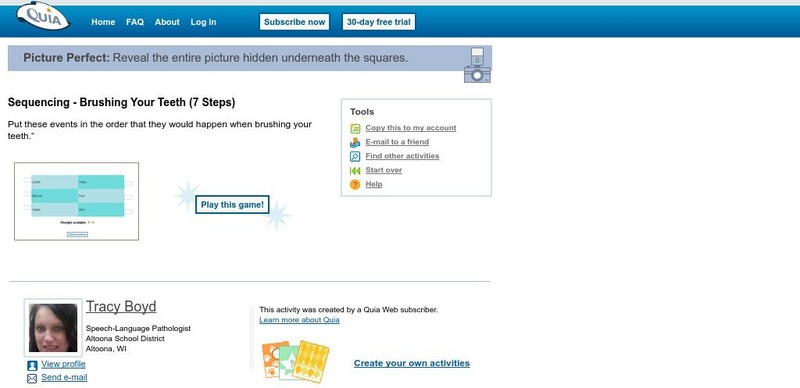Hi, what do you want to do?
Other
All (Known) Bodies in Our Solar System Larger Than 200 Miles in Diameter
How big is the Earth compared to the Sun? Is Mars bigger than the Moon? Seeing all bodies in the solar system larger than 200 miles in diameter side by side provides an excellent comparison and an interesting perspective.
Science4Fun
Science4 Fun: Earth
Learn fun facts and details about the geography and composition of Earth, the third closest planet to the sun and the only planet that contains life.
Science4Fun
Science4 Fun: Jupiter
Learn fun facts and details about the weather, composition, and discovery of Jupiter, the largest of all the planets.
Science4Fun
Science4 Fun: Mars
Learn fun facts and details about the weather, geography, composition, and discovery of Mars, the fourth closest planet to the Sun.
Science4Fun
Science4 Fun: Mercury
Learn fun facts and details about the atmosphere, geography, composition, and discovery of Mercury, the closest planet to the sun.
Science4Fun
Science4 Fun: Neptune
Learn fun facts and details about the atmosphere, composition, and discovery of Neptune, the last planet in our solar system.
Science4Fun
Science4 Fun: Pluto
Learn fun facts and details about the atmosphere, geography, composition, and discovery of Pluto, a dwarf planet.
Science4Fun
Science4 Fun: Saturn
Learn fun facts and details about the atmosphere, composition, and discovery of Saturn, the second largest planet.
Science4Fun
Science4 Fun: Uranus
Learn fun facts and details about the atmosphere, composition, and discovery of Uranus, the seventh closest planet to the sun.
Science4Fun
Science4 Fun: Venus
Learn fun facts and details about the atmosphere, geography, composition, and discovery of Venus, the second closest planet to the sun.
University of Texas at Austin
The University of Texas Mc Donald Observatory: Planet Viewing
Guide to the best time to view planets.
Mocomi & Anibrain Digital Technologies
Mocomi: How Big Is the Universe?
Provides facts about the Universe, Jupiter, the Milky Way Galaxy, and Superclusters.
NASA
Nasa Space Place: All About Earth
Brief description of the earth's structure, surface, neighbors, and history with images.
Mocomi & Anibrain Digital Technologies
Mocomi: What Is Solar System?
Features 10 fascinating facts about the solar system.
Quia
Quia: Luna and Beyond (Quiz)
A series of questions about the moons of our Solar System is presented in a millionaire game format.
Quia
Quia: Brushing Your Teeth
This site gives you opportunities to practice putting the planets in the correct order from the sun. Press "Click here to begin" to get started.
Other
Uppsala Astronomical Observatory: Planetary Imaging
Images of Mercury, Venus, the Moon, Mars, and Jupiter by the Swedish Vacuum Solar Telescope.
Curated OER
Photojournal
This NASA site provides access to publicly released images from various Solar System exploration programs.
Curated OER
Saturn Photo
In this activity, "You will investigate the concepts of relative size and distance by creating a basic model of our solar system." Planet printouts are provided and this site contains related links.
Curated OER
Nasa's the Space Place: Solar System: Pluto's Orbit
An illustration showing Pluto's and the other planet's orbits around the sun.









